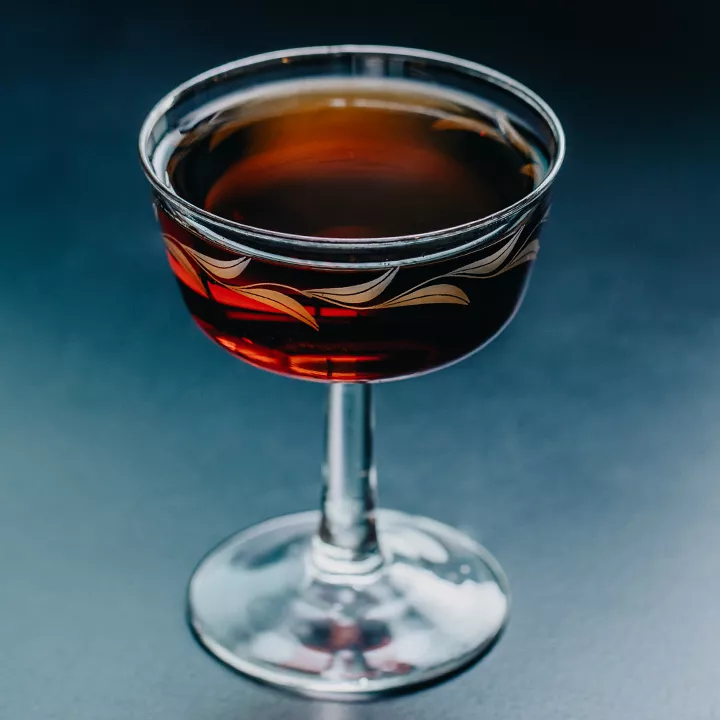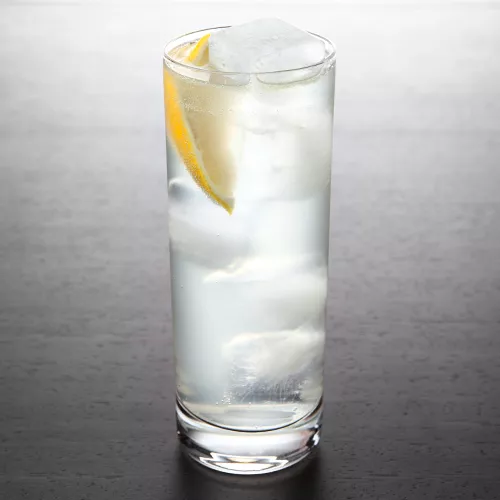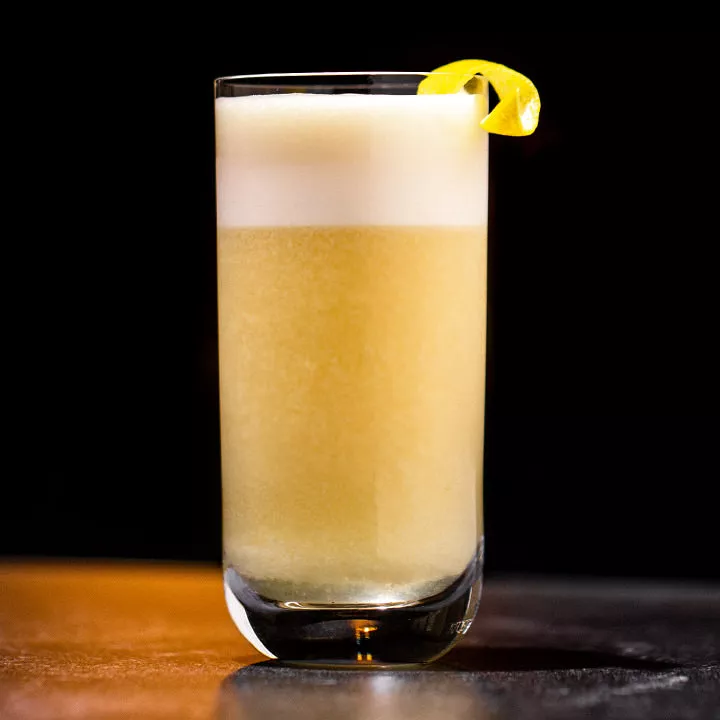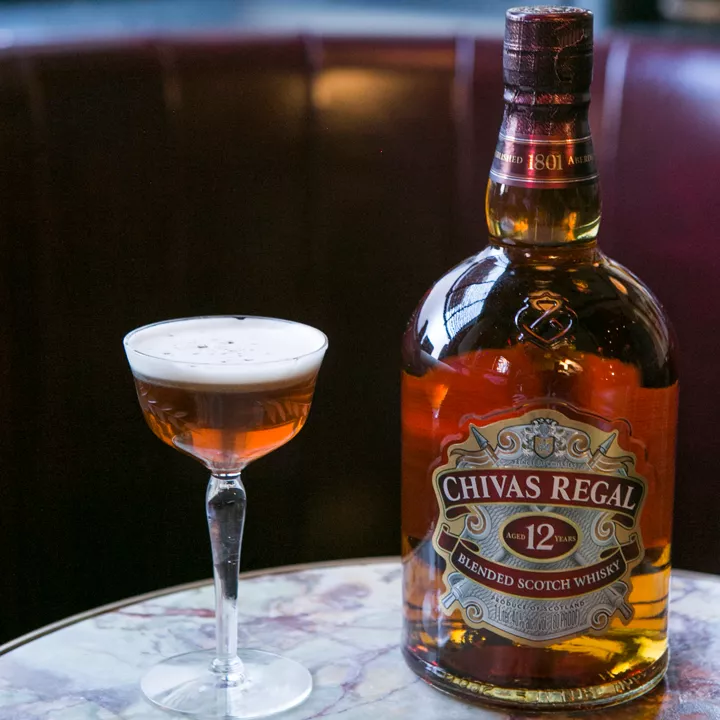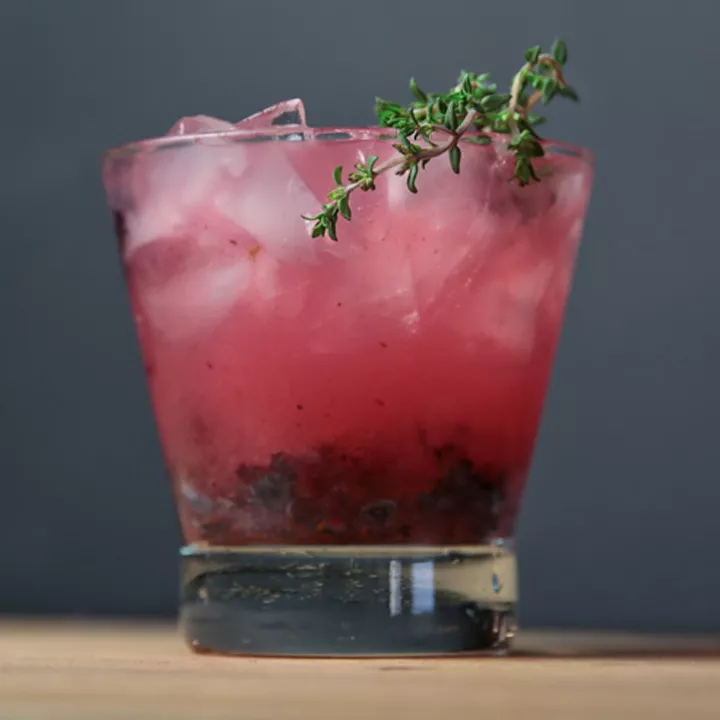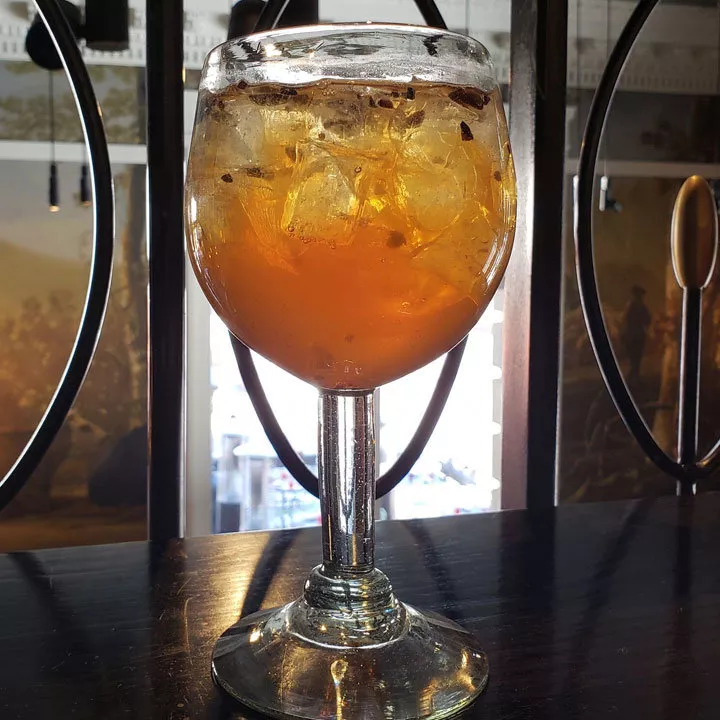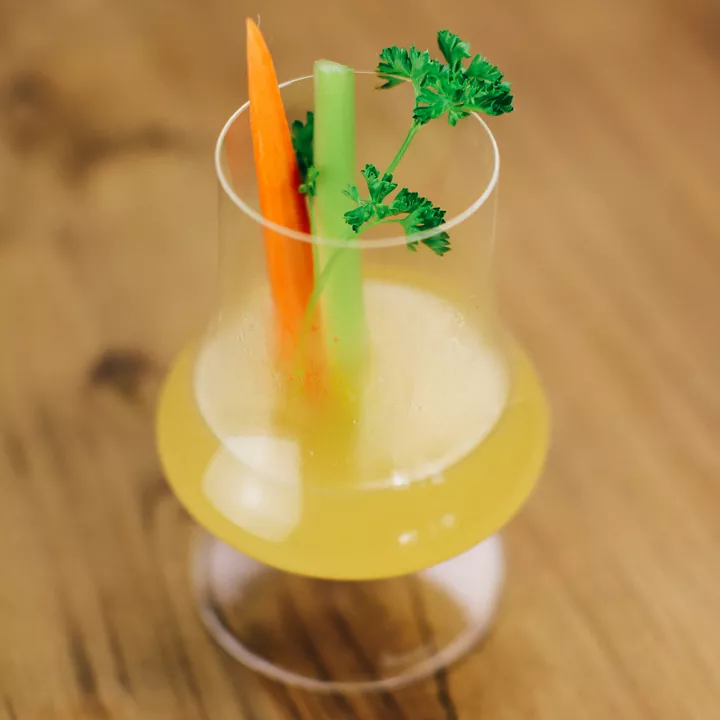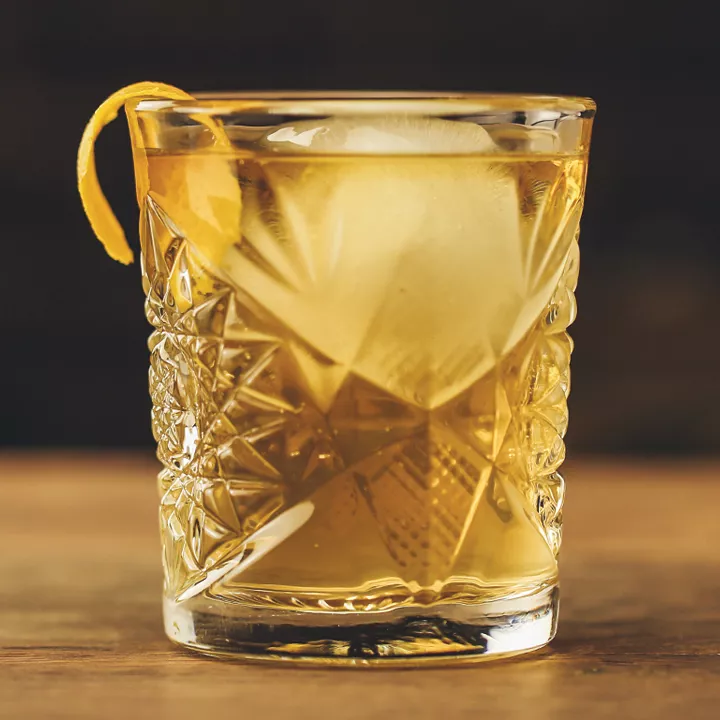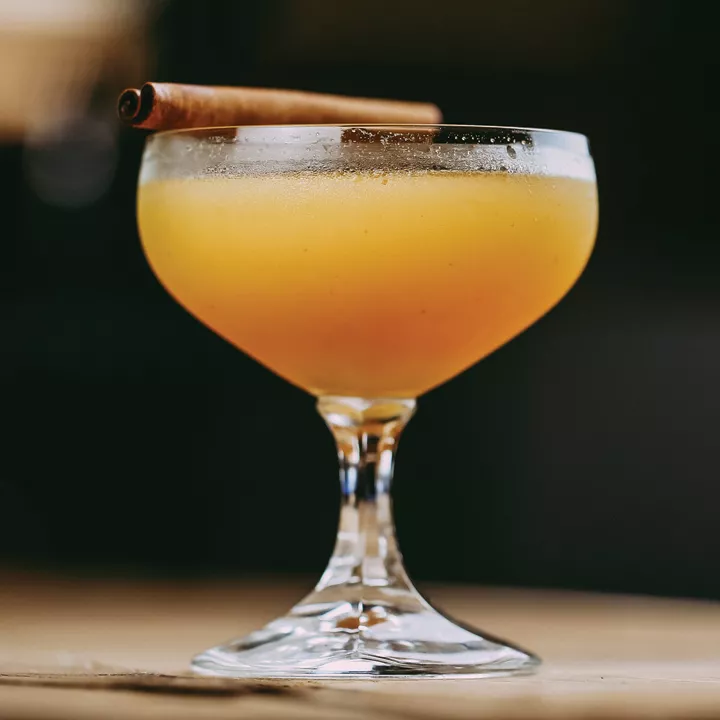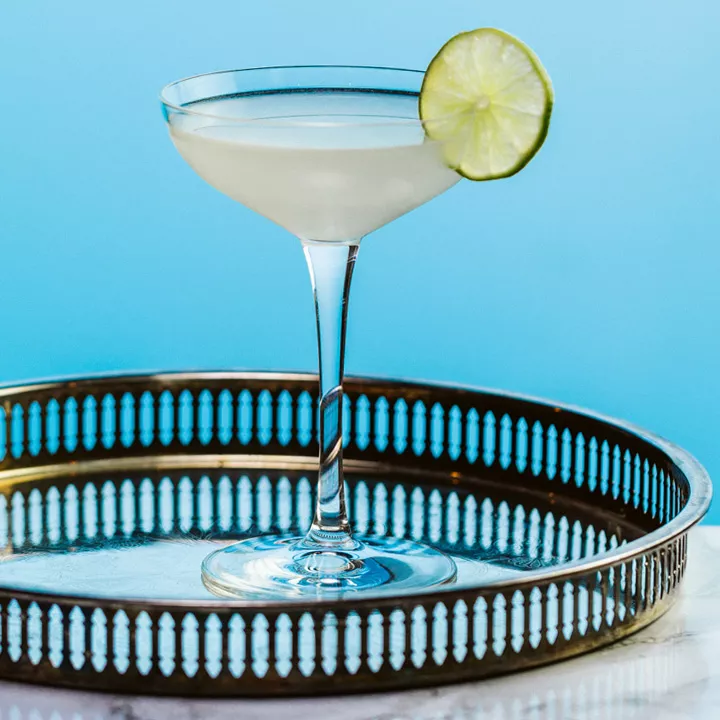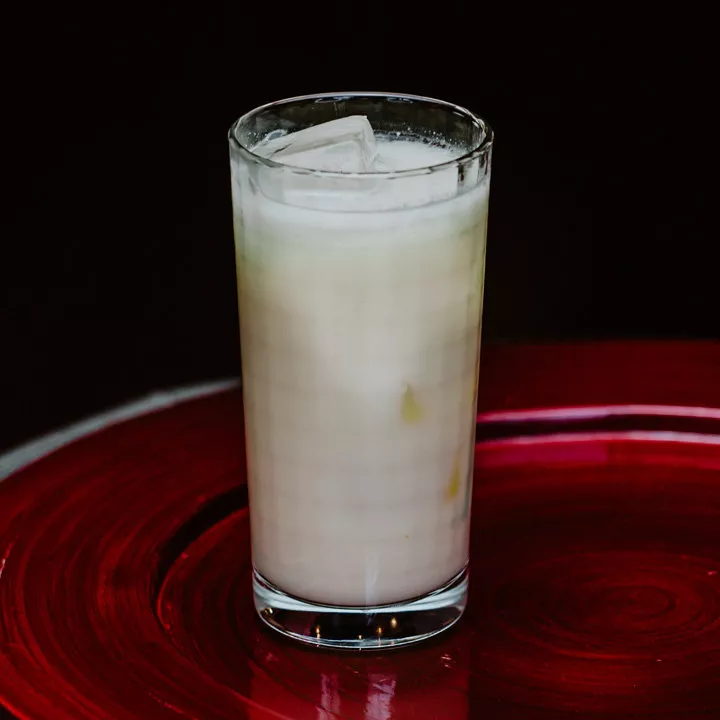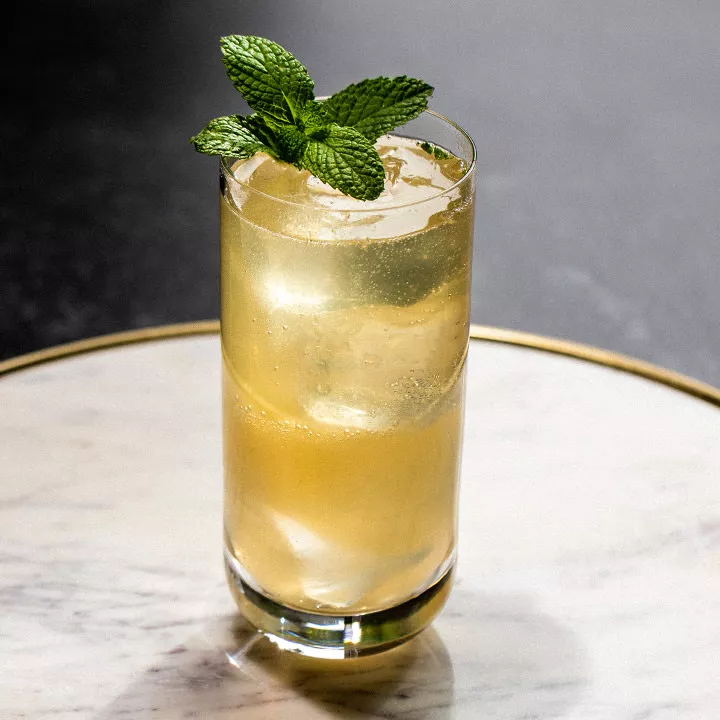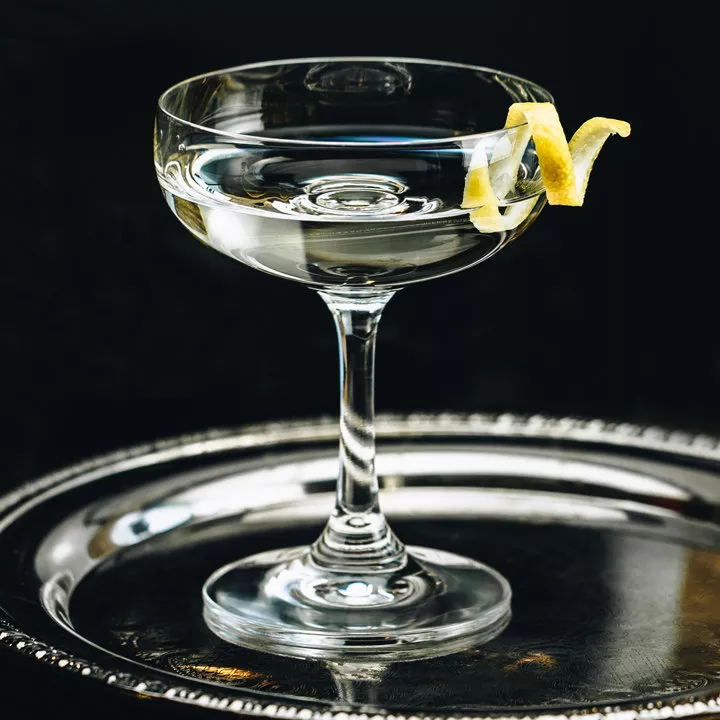Waldorf
A relative of the Manhattan, the Waldorf was first created in the early 20th century at the old Waldorf hotel (now the Waldorf-Astoria) in New York City. The original hotel was demolished in 1929, but the drink lives on thanks to craft cocktail pioneer Dale DeGroff, who adapted the recipe to the modern palate.
The original recipe, which appeared in “The Old Waldorf-Astoria Bar Book” by Albert Stevens Crockett, combined equal parts rye, vermouth and absinthe. That is a boozy drink and a lot of absinthe, which can be a challenging flavor for some drinkers. If you like absinthe and want to try the original, go for it. However, DeGroff's version has become the preferred recipe during the modern era. It dials down the absinthe, opting for a quick rinse of the glass rather than a full pour. And the recipe borrows from the classic Manhattan by increasing the ratio of whiskey to vermouth.
Manhattan drinkers will notice the familiar taste of rye, sweet vermouth and aromatic bitters, but that small kick of absinthe shouldn't be overlooked. It takes the cocktail in a new direction with its herbal, anise-flavored accent.
With so many great rye whiskeys and sweet vermouths on the market, the Waldorf is a prime candidate for experimentation—similar to how you might mix and match your ingredients when stirring a Manhattan. A soft, 80-proof rye and a straightforward vermouth will provide a relatively tame drink, while a bold, spicy, overproof rye whiskey and a richer, more herbal vermouth can produce a deeply complex cocktail. There's no right or wrong way. Just choose whichever combination suits your tastes.
7 Rye Whiskey Cocktails That Will Put a Smile on Your Face
Directions
- Rinse the inside of a chilled coupe with absinthe and set aside.
- Add the whiskey, vermouth and bitters to a mixing glass with ice and stir until well-chilled.
- Strain into the coupe.
- Garnish with a lemon twist, if desired.
